One of the best things about lettuce is its ability to tolerate heat which is very different from spinach plants that will usually bolt during a warm spell. There are many things you can do with lettuce including making a wonderful and delicious salad put them in sandwiches, stir fry them, and so much more.
Since they do not take up that much room it makes for a great addition to any organic garden. You don’t even have to place them in the ground because they fit perfectly in pots which you can use to have lettuce all year round. These are my favorite plants because they do not take up that much space in my garden and can still produce all the way to midsummer.
Contents
Four Types of Lettuce to Choose From
Iceberg
First off there are a few things that you need to know about lettuce. There are various varieties that you can select from. The four types include iceberg lettuce which is what you will most likely find in any supermarket that is the size and shape of a bowling ball. Out of all the types that you can grow these are the easiest and least nutritious. They happen to lack vitamins a and b that most others are able to store within the leaves. This variety is still a great choice for any beginning gardener.
Butterhead
Its name basically sums up what this type of lettuce is and tastes like. With much smaller heads than iceberg it has a very typical buttery texture along with a tenderness that many people are not accustomed to. This one is perfect for any salad and is not normally found in many markets, but is still something worth growing in your backyard.
Romaine
One of the best and most nutritious varieties that you can think about planting in your home or garden is Romaine lettuce. Loaded with vitamins and minerals these leaves are what salads are supposed to be made out of. A little bit more difficult than Butterhead or Iceberg but more rewarding in the very end when you harvest them.
Looseleaf
These types are perfect for cutting at all stages of growth and will keep producing. As long as you don’t cut too much off the plant they will not bolt early and they will continue growing giving you leaves for quite a long time. If you want to have lettuce leaves as soon as possible, then this is the cultivar that you should be looking to plant.
Sowing Seeds Directly in the Ground
Since lettuce seeds are small you are going to need to plant more of them in the ground in order to achieve a good germination rate. Their normal rate is 80% so if you happen to use an entire packet this should fill a 100’ row. I never use an entire packet and end up having plenty of seeds for a fall harvest if I wanted.
Once the ground is workable you can begin placing seeds in your garden. As stated before they do not need that much room and if you are growing them in the garden you need to cover them as thinly as possible. Too much soil on top of the seeds will prevent the seedlings from germinating giving you a poor harvest. Planting them in rows with 1 ½ feet between each plant is the best way to get these seeds started.
Have Lettuce throughout Most of the Growing Season
You can easily have these leaves throughout much of the summer if you space your plantings properly. I would recommend first starting romaine lettuce indoors a few weeks before the average last frost of your area. Peat pots or small plastic pots filled with organic potting soil will be perfect for them to get started. You can either plant them at weekly intervals or grow them all at once depending on when you want to pick your lettuce leaves.
About a month or two later when the weather begins to get warmer it is time to plant heat resistant cultivars in the garden. The best place to put these seeds will be in some shade usually behind larger plants such as sunflowers or others that can provide some shade for your lettuce. Adequate water is important for these plants. A moist soil is what they like especially during dry spells. They will bolt if they are not given enough water in early to midsummer.
In midsummer you can start another crop of romaine which will be harvested in the fall. Again it will be best for you to put these plants in the shade because midsummer temperatures can be pretty high in some areas. Always remember to keep the soil moist and cool by adding some mulch which will be able to retain water efficiently. These will usually last until the first frost of the fall or winter season.
If you want to keep them growing in colder climates you can place them in pots and secure them around a sunny window or even a small greenhouse. You may need to provide your lettuce with more shade if you are in a warmer climate. Using this schedule you can easily have lettuce growing for most of the year and enjoy their crisp taste.
Growing Guidelines for Lettuce
When your plants have produced at least four leaves you can start thinning them out by spacing them 12”-16” apart. When harvesting the full head you don’t have to allow for as much room and you can space them 3”-5” along with Butterhead varieties.
Watering Your Lettuce Plants
Water is essential for all plants, but when it comes to lettuce it is much more important. Having the right amount of water is the difference between having plants that bolt or continue thriving. A moist texture is what you should be looking for. Soggy soils can lead to problems such as diseases that will hurt your entire crop. A good layer of mulch will help in retaining the water that your plants require and reduce chances of them bolting.
Fertilizing for Quick Growth
You can always make your plants grow faster and much more vibrant by adding organic fertilizers to them. If you feed them properly they will reward you with healthy and dark leaves that will taste much better than store bought lettuce. Fish emulsion and manure tea are the two best ones that I recommend. They are easy to apply and have all the proper nutrients that are needed and can show improvement rather quickly.
What to do When They Start Bolting
Bolting does happen to lettuce plants and is something that you cannot stop. When they do go to seed this means that the plant is done producing leaves and there is no reason that you should keep them in the garden. Remove them by cutting them at the root or pulling them out of the soil.
You can wait for them to go to seed and collect them as long as they are heirloom cultivars. If you planted multiple types of lettuces I would not save seeds because some of them might have crossed with each other. This is something to consider when saving seeds.
Pests and Diseases
One of the most common pests that can affect the growth of your plants will be aphids, slugs, and cutworms. Aphids will appear once the weather is warmer or when you begin putting them outside if you started them indoors. You can just use a spray bottle to remove them and they are simple to control for the most part.
Slugs
Slugs will most likely find its way to your lettuce because they are in the shade and they love cool weather as well. If you place mulch around your lettuce plants this can be another reason that you will find slugs around your plants.
If you are looking for a way to remove slugs then I suggest the following solution. Get an empty can such as from canned vegetables, soda can, or anything similar for putting in the ground. You will dig a small hole in order to fit the can that will be at ground level. Fill the can up with beer and the slugs will be attracting to the fermenting odor and will fall right in.
Cutworms
These caterpillars can easily chew threw stems of most young plants and is a problem for most beginner gardeners. The good thing is that they can easily be controlled with the right information. By cutting the bottom of a plastic cup and putting it around your plant roots and stem will prevent them from harming your lettuce. You can also use an aluminum can as well for this purpose.
Bottom Rot
Wet soils will lead to bad things if you let this happen. This can happen not because of a fault of your own, but just because of too much rain. The best way to reduce this from happening is by crop rotation. You can avoid this disease by planting them in a different spot each year.
Gray Mold
If you happen to find brown spots around the leaves, then you may have gray mold. Sometimes they make look like a grayish green on some leaves and occur during damp weather. Little sun doesn’t help either and these conditions can be harmful to your plant. Once you see this I would discard your plants immediately by pulling them out and throwing them away or burning them.
Harvesting Your Leaves
There are two ways to harvest your leaves. You can either harvest them as they grow or you can cut them once the entire plant is finished. The ladder is similar to growing cabbage and you wait until the growing is done and they are ready to be cut from the stem.
I prefer cutting them throughout the year because you will be able to have lettuce much of the season instead of all at once. They only last about a couple of weeks in the refrigerator so if you have many plants this means you have to eat all of it in short amount of time. While cutting the leaves on a weekly basis allows for eating at a slower pace.
Some Cultivars for Your Garden
Looseleaf
Black Seeded Simpson – If you want to have a simple plant that you can cut as early as possible then you need to check out this type. It is also an heirloom which means you can save their seeds at the end of the season.
Butterhead
Buttercrunch – Easily plant these heat resistant varieties in your garden and have them for either a fall or spring crop.
Romaine
Vivian – A classic romaine lettuce that produces much larger heads than other types and is a popular variety in backyard gardens.
Ruby Glow Hybrid – A simple hybrid that grows red instead of green like most other lettuce varieties.
King Crimson Hybrid – Another type of romaine with red leaves that you can add to salads or other meals.
Iceberg (Crisphead)
Iceberg A – A simple to grow plant that has crispy leaves and has been providing gardeners with amazing salads since 1895!
Igloo – Another type of iceberg that produces large leaves that are perfect for any sandwich.
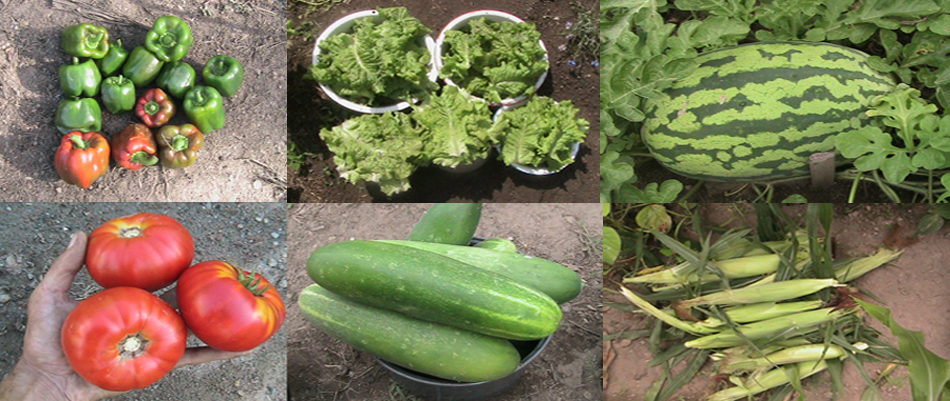

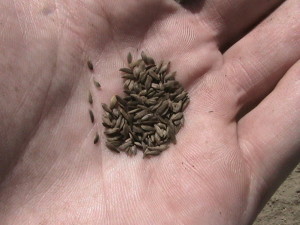

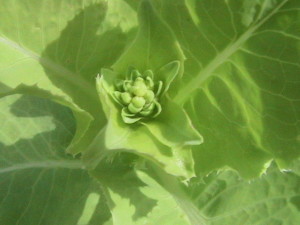
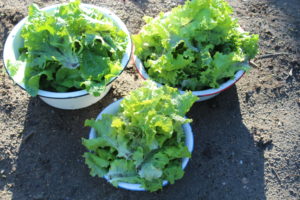
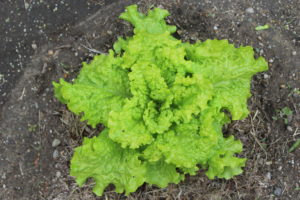
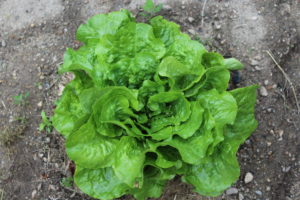
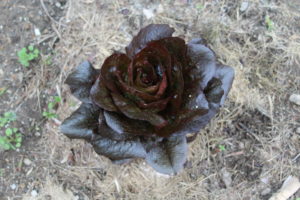
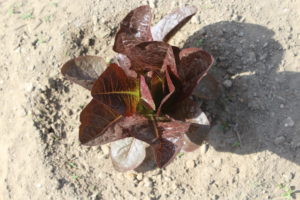
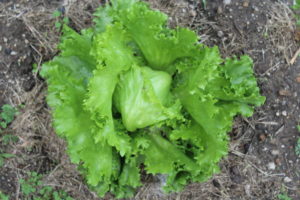
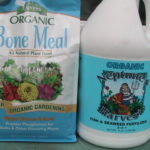

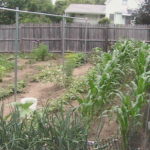
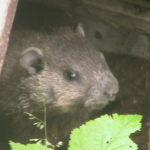
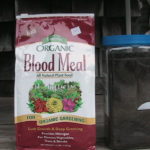
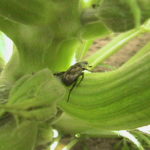
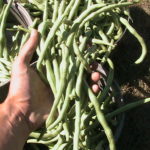
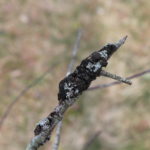
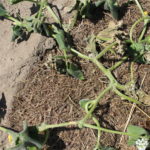
Recent Comments